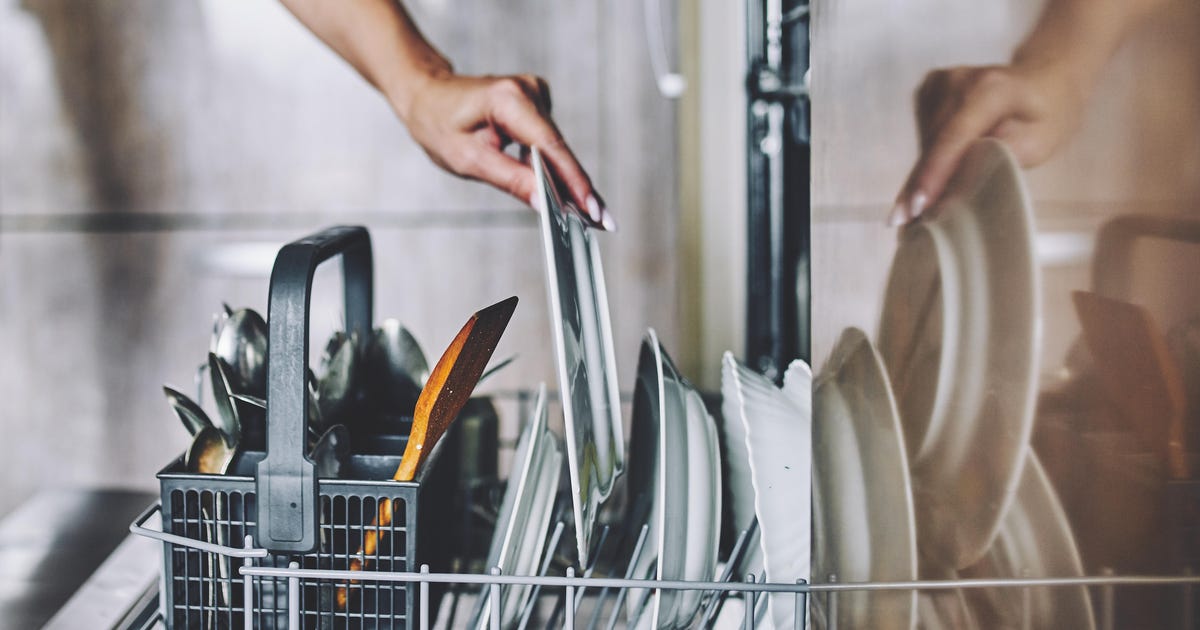How To Load The Dishwasher The Right Way
The correct way to load a dishwasher correct way to load dishwasher how to load a dishwasher properly load dishwasher game best way to load a dishwasher how to load the cricut mat how to load a grease gun how to load a dishwasher how to screenshot on windows 10 how to recall an email in outlook how to use vlookup

How to load the dishwasher the right way
This story is part of Home Tips, CNET's collection of practical advice for getting the most out of your home, inside and out.
When you're loading your dishwasher, it might seem easiest to just stick everything where it fits. But once you've run the cycle, you might notice your plates, forks and spoons still come out peppered with crust and grime. The way you load your dishwasher really does have a major impact on how well your dishes get cleaned.

These tips can help you get much cleaner dishes the next time you run your dishwasher. (For more cleaning advice, check out how to clean a stand mixer, how to clean a blender, and how to clean a cast-iron skillet.)
Read more: Best Dishwasher for 2022
1. Let the dishwasher do the washing
Leave most of the washing to the dishwasher. Just scrape off the big stuff from the plates first, then load them on in. Don't worry about rinsing, as it can actually trick the dishwasher's sensors. Learn more about why you should skip rinsing here.
2. Put plates on the bottom rack
Load the plates on the bottom rack, but make sure they have a little space between them. Touching can block the water jets and can also cause chips in a plate's finish.
3. Put bowls on the top rack
Put bowls on the top rack. Make sure the bowls are tilted down so they don't gather water.
3. Keep cups upside-down
Same for cups. Put them on the top rack in between the tines, if possible. They should be upside down so they don't fill up with water, but tilt them slightly so that water doesn't pool in any indentations on the bottom of the cup.

Bowls and glasses go in the top rack of the dishwasher.
rustycanuck/Getty Images4. Put spoons and forks in their cup
This sounds obvious, I know, but some people ignore the fact that there's a special cup for utensils. If you're one of these people, stop it. Throwing a handful of utensils on the top rack will not get them as clean as putting them in their designated cup. Besides, putting them in the cup prevents them from dropping down and blocking the sprayer arms.
5. Don't let your silverware and stainless steel utensils touch
Always put silverware except for knives in the designated cups with the handles facing downward. Don't let real silverware and stainless-steel utensils touch, though. During washing, a chemical reaction can cause pitting in the metal.
7. Knife points go down, handles up
Put knives in the silverware cup with the points inside of the cup and the handles upward.
8. Prevent spoons and spatulas from falling
Big serving spoons and spatulas are best placed on the top rack so they don't fall and block the dishwasher's spraying arms. A handy trick is to thread a tine through the hole in the handle to keep the item in place during the wash.

Sticking a rack tine through a spatula or other large utensil can keep it in place during a wash.
Alina Bradford/CNET9. Wash larger pots separately
Small pots can be placed on the bottom rack, but make sure to do larger pots in a separate load. Larger pots can block water jets, leaving the dishes on top dirty. Also, make sure that all pots are angled down so they get the full benefit of the jets.
10. Keep plastic containers on the top rack away from heat
Put plastic storage containers on the top rack so they don't get warped by the heating element.
11. Put large pans and dishes away from the door
Make sure not to put any large pans or dishes by the door. This can block the detergent from deploying.
12. Don't forget a quick prewash check
Before you start the load, do a quick check of the floor below the sprayer arms. Make sure there isn't any food, spoons or other items that could block the filter or the sprayer arms. Foreign items down there can gum up the works and make your dishwasher not work properly.
Now you can start loading that dishwasher the right way, and get clean dishes every time.
For more, check out the right place to put your fan to keep your room cool, and where to put your house plants so they don't die.
Source
